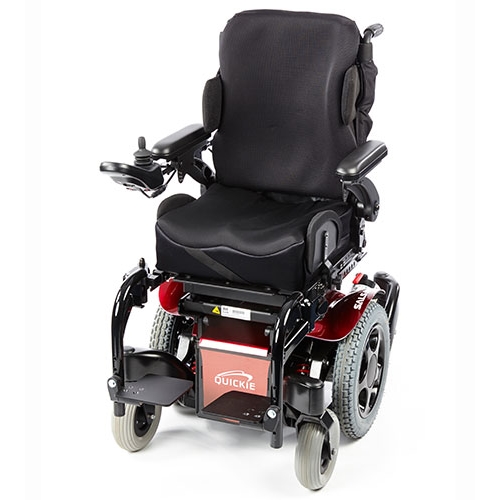
Indoor/outdoor mid wheel drive powered wheelchair designed for teenagers and slender adults. Options include: choice of seating systems; backrests, headrests, leg rests and lateral supports; powered seat tilt, seat lift and recline, elevating leg rests.
Wheelfreedom
Mobility Smart
Manufacturer's Product Description
The manufacturer has not provided any further information about this product
Manufacturer's Contact Details
http://www.sunrisemedical.co.uk
Sunrise Medical Ltd
Thorns Road
Brierley Hill
West Midlands
DY52LD
UK
08456056688 Communicationpr:01384446798 enquiries@sunmed.co.ukKey Features
- six wheel independent suspension
- adjustable seat depth, width
Product Dimensions
| Power and Function | |
|---|---|
| Controls: user (U); dual (D); option (O) | U |
| Range | 23km |
| Testing | |
| Crash tested to ISO 7176-19 | Yes |
| Tilt | |
| Angle of tilt | 0-30degrees |
Product Specification
No product specification has been specified.
Need More Help?
If you know that there is a certain product that will help you, feel free to browse through our online catalogue or use our search tool for specific product names. National retailers are listed against each product and you can click on their link to go directly to their website to order that product or contact the retailer for more information. Don't forget to tell them you found their information on our site.